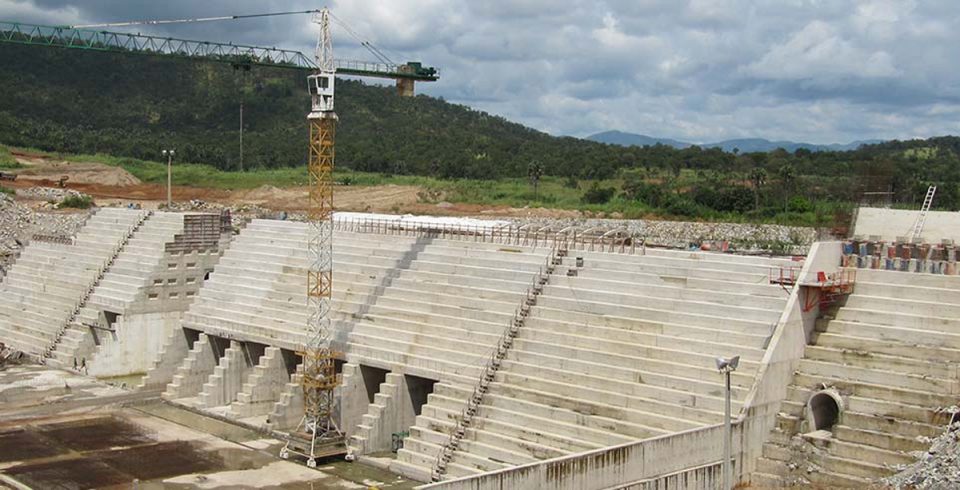The importance of the Mambila hydro project both in short term and long term cannot be over emphasized especially during tough economic times locally, regionally and globally. The President Muhammadu Buhari and APC led government have often bragged about their strength and progress made in the area of infrastructure with very little resources. With so much promises and legal and financial settlement agreement towards the commencement of this project, till date nothing tangible can be said to be going on with less than 400 days to the end of the administration.
Having signed a productive contract-deal with the Chinese, the government has not met all its contractual obligations. Basic administrative bottlenecks to ensure effective supervision and monitoring of the project and strict adherence to the delivery timelines still resurrect as major hindrances to a project which guarantees 50,000 skilled jobs, 3,050 MGWs of hydro-powered electricity, short and long term economic spill over in the north east region and for the collective growth of the nation. The President, Ministers of Justice, and of Power, and the National Assembly should undertake effective oversight to achieve delivery of this project and end Nigeria’s power deficit agony.
Hydropower is predicted by the International Energy Administration to become the “dominant source of flexible electricity by 2050.” With its many rivers, the International Renewable Energy Association recommends that Nigeria invests right to become a major exporter of electricity in West and Central Africa. Angola is gaining a head start with over 3,000MW in hydropower installed. Getting the concessions right for the Gurara, Tiga, Oyan, Challawa dams will be crucial. Meanwhile, the World Bank calculates that the country loses $28 billion or 2.0 per cent of its GDP annually due to power shortages. Currently, the total national installed power generating capacity is 12,522MW with just over 6,000MW output realisable; only an average of 4,000MW is supplied to Africa’s largest economy and population. Of the total, only 2,062MW is hydropower, coming mainly from Jebba, Shiroro and Kainji.
Nigeria has the world’s largest access to electricity deficit despite trillions of naira and billions of dollar debts piled up for coming generations. Wisdom demands that competent private sector investment should take the lead in closing the deficit. The government should therefore open up the sector; fine-tune the Electricity Power Sector Reform Act to attract global private power sector giants to invest in renewable energy like hydro, solar, wind and waste. Will President Muhammadu Buhari fulfill his promise to the north-east and Nigeria in yet another milestone infrastructural project or will the Mambila hydro go down as another white elephant?.




